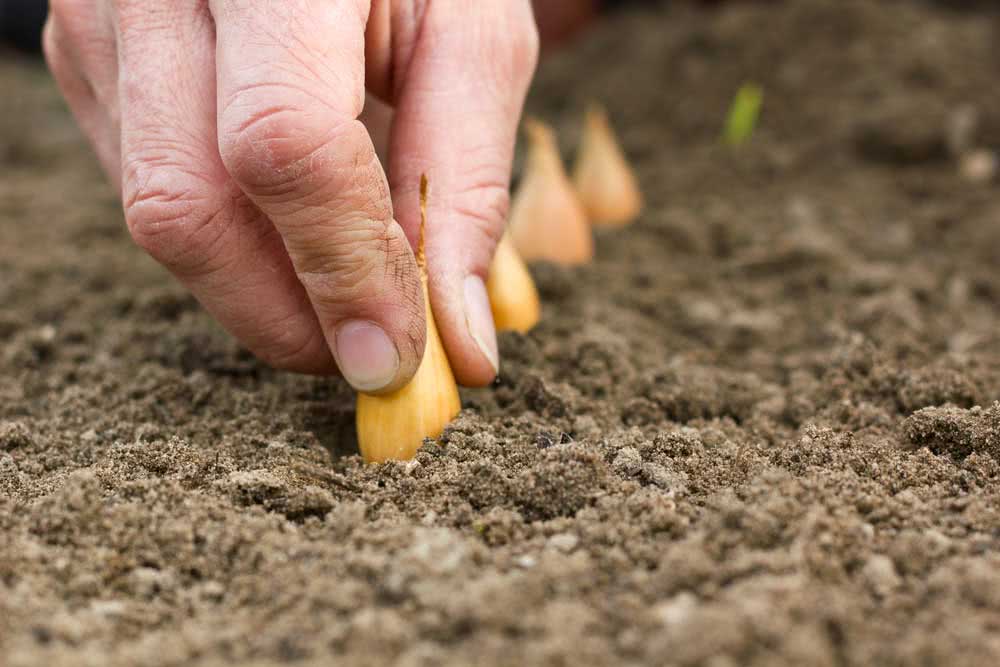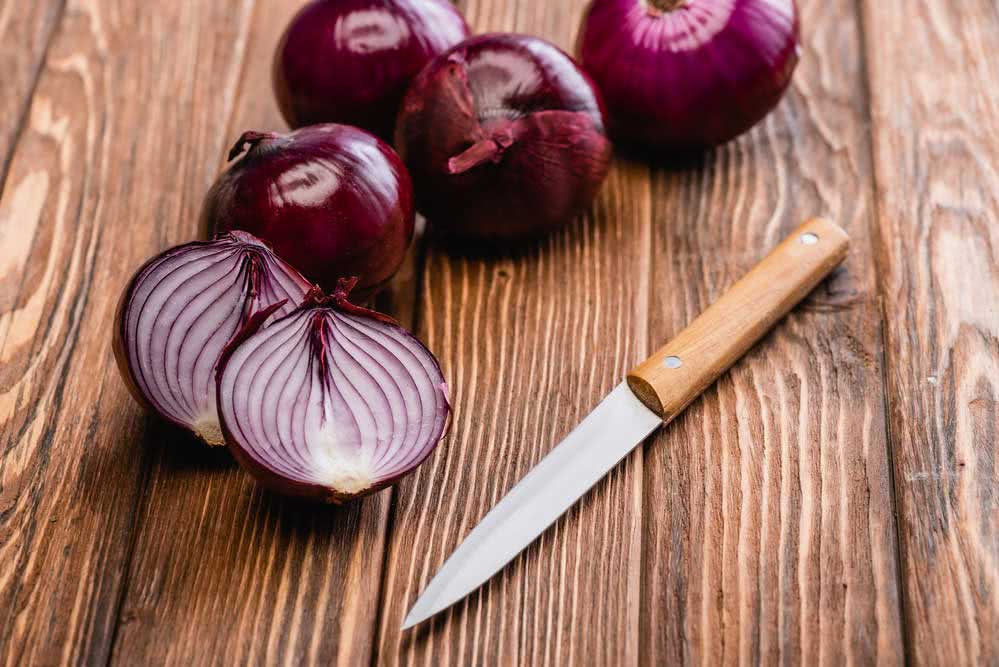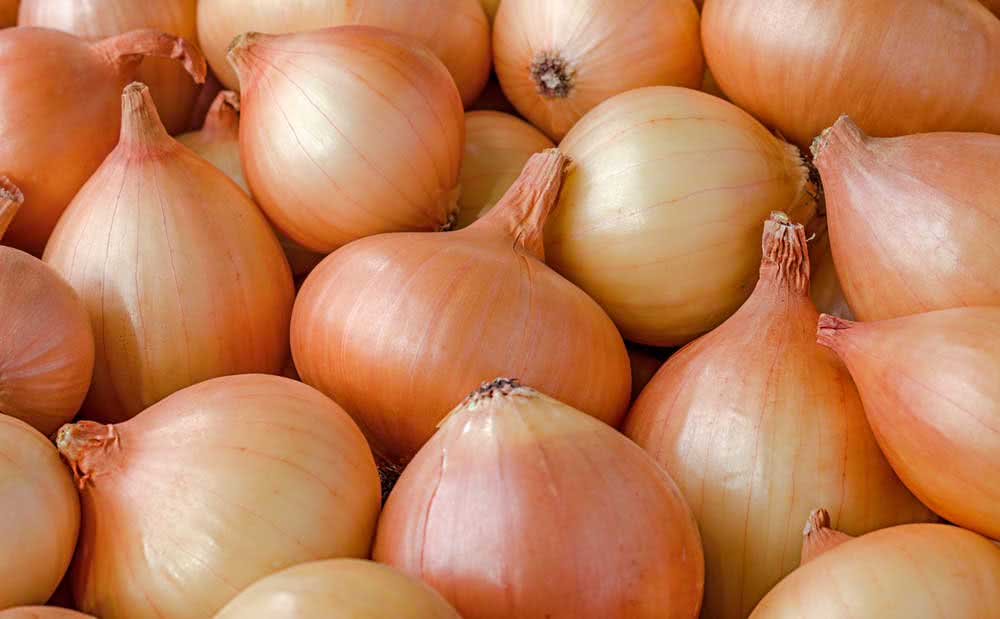With more than four thousand years, having its first records in ancient Egypt, onion is one of the most versatile vegetables in Brazilian cuisine. Natural, fried, roasted or even combined with other seasonings, it is the perfect ingredient to compose snacks, snacks, salads and the most diverse meals.
Present in the four corners of the world, the onion crop has in its favor the possibility of developing anywhere, as long as there is sunlight. Brazil has an essential condition for the good production of vegetables: the country’s photoperiod offers the ideal environment for its planting.
In our country, the onion arrived through Portuguese settlers. But its expansion actually only took place between the 18th and 19th centuries, with the arrival of Azorean immigrants, who settled in the southern region of Brazil. After that, the planting of onions spread to other parts of the national territory.
And are you also another fan of this versatile vegetable? Are you wanting to know more about how to plant this seasoning with such a special and unique flavor? Take advantage of this guide and know more about how to grow onions!
Essential tips for those who want to plant onions
ideal temperature
Despite being easy to grow, the temperature directly interferes with the plant’s evolution. For the formation and maturation of the onion bulb and, consequently, its faster development, the ideal temperatures are between 20ºC to 25ºC. If the temperature exceeds 35ºC, abulbification may occur early, forming an inferior quality onion.
planting techniques
There are at least three methods for you to grow onions:
- Direct sowing: done in a single step, distributing the seeds in the definitive place;
- Seedling transplantation: you must first sow the onion in containers suitable for production. As soon as two to three leaves appear on the seedlings, it is transferred to the place that will be cultivated;
- Bulb planting: more complicated technique. It is initiated by dense seeding under conditions of photoperiod and increasing temperature. Only after harvesting the bulbs, it is necessary to wait for their dormancy to break (around 30 days) and, thus, transfer them to the final planting site.
Spacing for plant onion
The spacing for planting the onion will depend a lot on the region of the country or the time of year. If it is a place with high humidity, the spacing will be wider between the plants. When the weather is drier, you should plant them closer together.
When can I harvest the onion?
To know when the onion is ready to be harvested, just check the pseudostem region that should be softened. In addition, the aerial part of the plant must be dropped to the ground, a process known as popping.
Another clue as to whether it is time for harvesting is when the leaves of the plant are yellow or dry. However, if all the leaves are completely dry, they will have a much shorter term at the time of sale.
How to Fertilize the Onion Plantation

To form large bulbs, onions need a good supply of nitrogen. This fertilization is for the growing time. Follow our step-by-step instructions below:
- Buy nitrogen fertilizer;
- Use half a cup to fertilize;
- You will need to fertilize as soon as you plant the onions;
- In summer, you will need to fertilize once more (growth process);
- If the soil is alkaline, also use ammonia sulfate to reduce the pH. It will help reduce soil acidity.
Like plant onion purple

As a variety, red onion has a purplish skin and white “meat”. Its size is usually medium with a mild and slightly sweet taste.
We will teach you step-by-step how to plant onion sprouts:
- Buy the onion buds;
- For planting, choose spring – or with a temperature above -7°C;
- Choose a location that gets a lot of sun;
- Make a mixture of equal parts of soil with nitrogen;
- Dig a hole 1 to 2 inches deep;
- Place the sprout in the hole with the root facing down;
- The rest of the bulbs should be planted 4 inches apart;
- Try to water the earth right after planting the onion. Repeat one to four times a week.
In this video Below, we’ll show you how to plant red onion using seeds:
How to plant onions in water

If you want to make something else for your own use, you can use the water to make the onion sprout. It’s a very simple process, just follow these steps and have your own onion:
- Peel off the onion;
- Cut in half and place the part with the roots in the water;
- You can use a cup or glass pot to « root » the onion;
- Leave the container in a cool, dry place, out of direct sunlight. But it needs to be a clear place;
- By the third day, the roots began to grow;
- Wait five to seven days and transfer to substrate;
- The pot that will be used needs to be at least 8 inches deep to help the onion develop;
- For planting, use a mixture of two parts of ready-made substrate of good quality, plus two parts of earthworm humus and one part of cured cattle manure;
- Leave the vase in a place with plenty of sunlight;
- Water depending on the weather of the day, the hotter, the more the soil should be moist;
- To know the right time to harvest the onions, you should monitor the birth of the spring onions and always try to take a look at the root until the onion is complete.
the right seasoning
Versatile, tasty and with a very different flavor, the onion may even be the villain for lovers, but its unique culinary touch cannot be denied. Planting onions is a simple process and Brazil is the perfect place to grow them!
Did you get all your questions answered with our guide?



